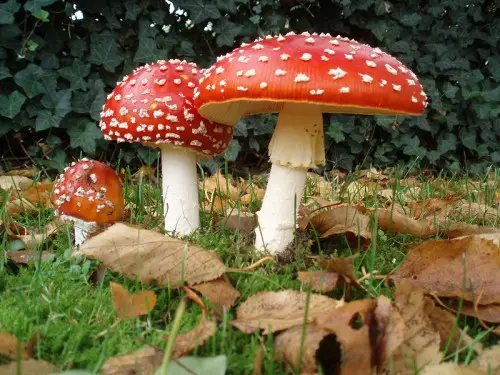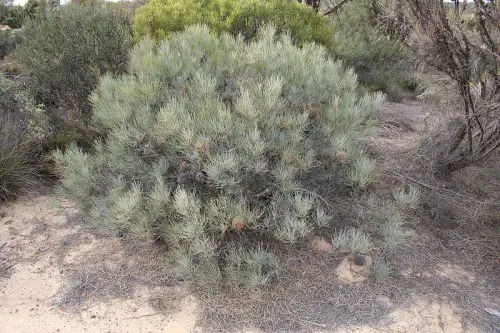Turnip
The turnip is a type of root vegetable that is grown in temperate climates around the world. It is known for being a white and bulbous taproot vegetable which is used for human consumption. Larger versions are used to feed livestock. It is also an old vegetable charge in heraldry, as the prince-archbishop of Salzburg, Leonhard von Keutschach used it. It is still in the heart shield of the arms in the Keutschach am See.
The most common type of turnip that we normally see are mostly white-skinner turnips which have an upper diameter of between 1 to 6 centimetres. It protrudes abrove the grown and are purple, red or greenish. The interior flesh is all white, and the rest of the roost is not conical but is about 5 to 20 centimetres in diameter. There are no side roots. The taproot is rather thin, and can grow up to 10 centimetres long and weigh up to 1 kilogram. However, this is trimmed off before it is sold in the markets.
The leaves of the turnip are called ‘turnip tops’ or ‘turnip greens’. These are eaten and taste almot like mustard greens. Turnip greens are a common side dish in south-eastern US cooking during the late fall and winter. Small leaves are preferred in this side dish, although any bitter taste of larger leaves can be reduced by pouring off the boiling water when it is cooked and replacing it with room temperature fresh water.
Health-wise, turnip roots are only high in vitamin C. However, turnip greens are an excellent source of folate, vitamin A, vitamin C, vitamin K, and calcium. They are also high in lutein.
Turnips were a well-established crop in both Roman and Greek times. As a resutl, it is thought that they were brought into cultivation before these empires ruled. However, Zohary and Hopf state that there are almost no archeological records available to find out when it was first domesticated and other related history. However, the wild forms of hot turnips and its other relatives are commonly found in west Asia and Europe. As a result, it is thought that they were first domesticated around this area.
Pliny the Elder (23 AD – August 25, 79) wrote that he thought that the turnip was one of the most important vegetables during the period he lived. In fact, he rated it directly after cereals and bean, since it can be used for a variety of uses and that it could prevent the effects of human famine.
In Turkey, turnips are used to flavour a juice made from purple carrots and spices called salgam. In the Middle East, turnips are pickled. In Westport, Massachusetts, the Macomber turnip is featured on Main Road. Although pumpkins may steal the show, turnip lanturns are actually an old tradition associated with Halloween. In Iran, it is used to reduce body temperature to treat fevers.




